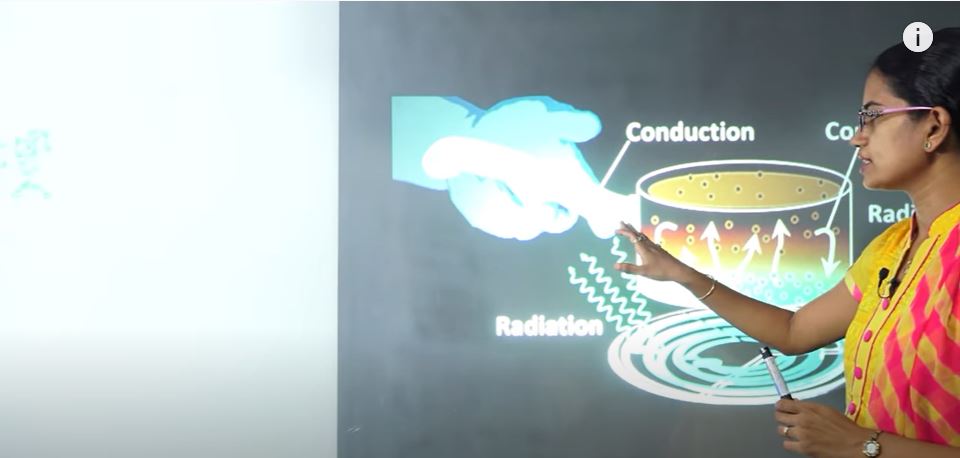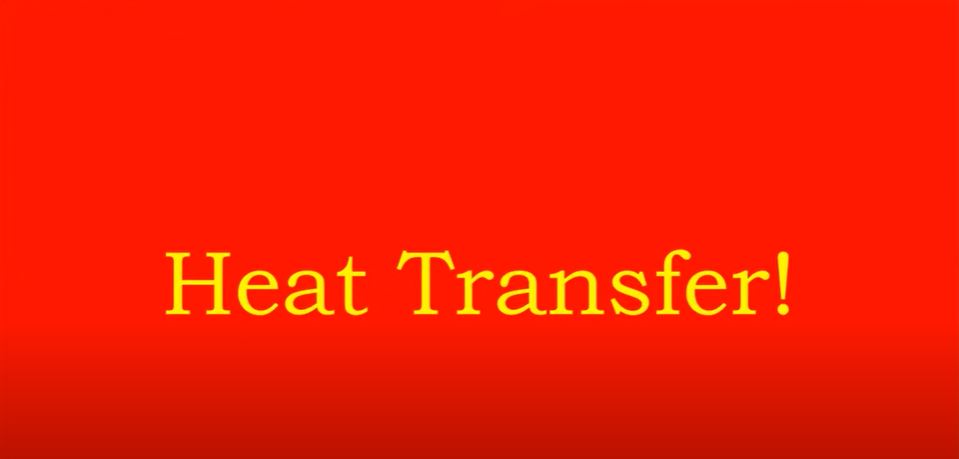Standards
Science – SC.6.E.7.1
Differentiate among radiation, conduction and convection, the three mechanisms by which heat is transferred through Earth’s system.
Mathematics – MAFS.6.NS.1.1
Interpret and compute quotients of fractions and solve word problems involving division of fractions by fractions, e.g., by using visual fraction modules and equations to represent the problem.
Language Arts – LA.6.L.1.1
Demonstrate command of the conventions of standard English grammar and usage when writing or speaking.
Big Idea(s)
Differentiate among radiation, conduction, and convection, the three mechanisms by which heat is transferred through Earth’s system.
Essential Questions
- How is heat transferred from one source to another?
- How is heat transfer used in cooking?
Vocabulary
Radiation • Conduction • Convection • Density • Matter • Cycle • Dynamic • Interaction • Molecular • Atmosphere • Hydrosphere • Geosphere • Cryosphere • Biosphere
Background Information
Heat is the transfer of thermal energy. Heat can be transferred from one location to another by three methods: conduction, convection and radiation.
- Conduction transfers heat via direct molecular collision.
- Convection energy is the transfer of heat from one location to another by the movement of fluids.
- Radiation is the transmission of heat through space of some form of wave.
The evolution of our planet states that changes are driven by the cycling of matter and the flow of energy through dynamic interactions in the atmosphere, hydrosphere, geosphere, cryosphere and biosphere.
Guiding Questions
- What’s the difference between conduction, convection and radiation?
- How is air heated in our atmosphere?
- A thermometer works because the liquid in it, mercury, contracts when heated, what is this an example of?
Math Mania
Essential Question:
If one electric power plant is consuming 360 units of energy each, and every day. How many units of electricity would the plant generate in a full week?
The power plants of today can convert about one-third of the energy stored in its fuels into electricity. As these conversions are taking place, most of the energy is transformed into heat rather than electricity.
Answer: 840 Units
Instructional Sequence
- Lesson: Convection Connection Lab – SC.6. E.7.1
- Activity: The Tea Kettle Test: Experiment – SC.6. E.7.1
- Activity: Convection, Conduction and Radiation - Heat Transfer in your life every day - Page 1 and Page 2
- Mathematics Lesson – MAFS.6.NS.1.1
Fun Facts
Did you know…
- That glass begins to melt at 2550 F (1400 C)? That means that in a fire, melting glass is not a factor that fireman need to usually worry about. The glass shatters from the frames buckling from the heat.
- The flapping of the wings of 1,000 bees generates seven watts of heat?
- The World Meteorological Organization defines a heatwave when temperatures are 9 degrees above average for five days in a row?
Inquiry Type
Discussion
Class/Group Activity
Teacher Resources


